Introduction
Rare coins to great appeal among collectors as well as investors. Among the most interesting are the mints of the 1900s, a period known for its historical significance, artistic creativity and fascinating mint errors.
These coin hoards reveal stories of wartime metal scarcity, controversial production and unknown factors that contributed to its value Some of the rarest coins of this era have become legend and sells for thousands of millions at popular auctions.
The 1900s saw the creation of many iconic pieces that stand as a testament to American art and history. From the rare 1913 Liberty Head Nickel to the controversial 1909-S VDB Lincoln Penny, each coin carries its own unique story of rarity and subtlety.
In this review of coin history, you will find six iconic coins from the 1900s that continue to delight collectors. These unique pieces demonstrate how factors such as limited production, manufacturing flaws, and historical significance can elevate a coin-only look to a highly sought-after collector’s item worth thousands of dollars.
1. 1909-S VDB Lincoln Penny
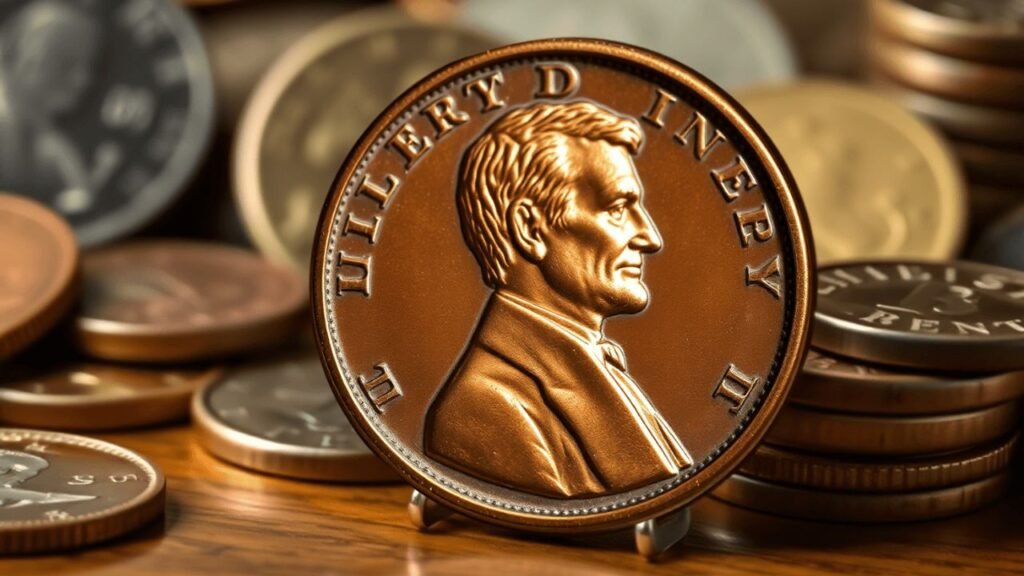
The 1909-S VDB Lincoln Penny is a stunning coin that displays artistic craftsmanship and historical significance. The famous penny, designed by Victor David Brenner, featured Abraham Lincoln on the front – making it the first U.S. coin. first coin depicting presidential portrait.
Key Features and Significance
- Plaintiff Victor David Brenner
- Front cover: Portrait of Abraham Lincoln
- Reverse design: Wheat stalk with initials “VDB”.
- Historical Significance: U.S. the first coins to be shown in the likeness of a president
The main distinctive feature of this coin is the Brenner initials “VDB” on the reverse near the wheat stalk, which is also a defining feature of wheat coins but the public screamed at the visibility of this letter eat previously, bringing in only 484,000 in the the U.S. Mint’s own San Francisco office They were removed after completion
Current Market Values:
- Rotating position: $1,000 – $2,000
- Undistributed status: $5,000+
- Body MS-65 grade: $25,000+
The small number of coins produced and the controversy surrounding the original lines led to high demand for the coin by collectors. The historical significance of being the original Lincoln St also adds great value, with certified specimens fetching high prices in supermarkets. Many collectors find the 1909-S VDB penny a necessity for any serious Lincoln Cent collection.
2. 1913 Liberty Head Nickel
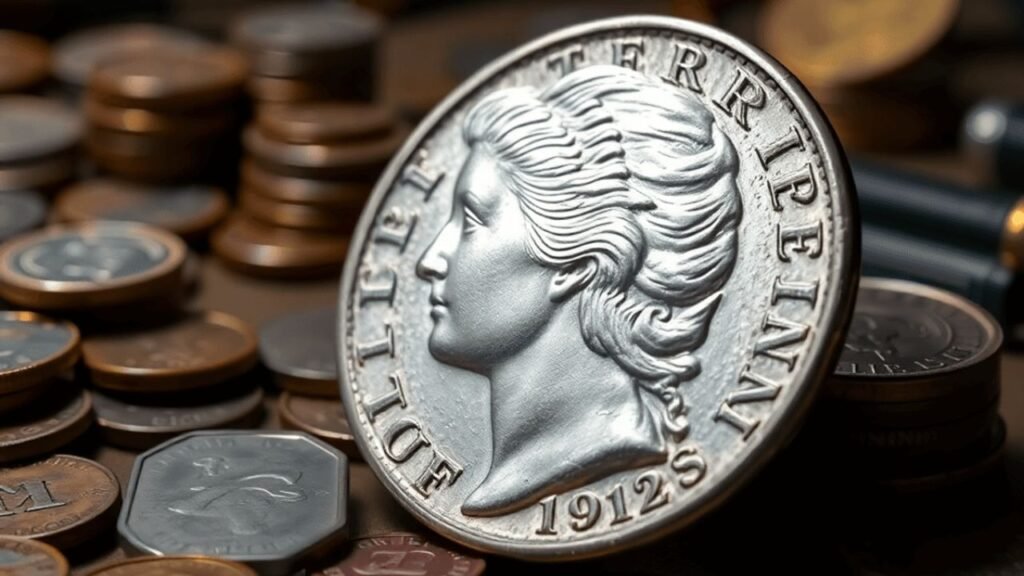
The 1913 Liberty Head nickel is one of the most famous coins in American collecting history. Only five seals are known, each with its own mystery and story. This nickel was produced under unusual circumstances – the U.S. Mint had switched to Buffalo Nickel production in 1913, but these Liberty Head versions suddenly appeared.
The Story Behind the Coin
The story begins with Samuel Brown, a former Mint employee, who first exhibited this coin at the 1920 ANA convention. The details of how these coins were made are still being retrieved, adding to the mystery and value.
The Value of Rarity
The price of this rare nickel has skyrocketed over the years:
- The Eliasberg specimen sold for $4.15 million in 2018
- The Olsen prototype fetched $3.7 million at auction
- Walton’s example cost $3.17 million in 2013
Each of the five known specimens has developed a unique name and history, making them highly recognizable on the collector’s market. Their combination of uncertain origin, extreme rarity and historical importance has cemented their status as valuable assets in any serious collection.
3. 1921 Peace Silver Dollar
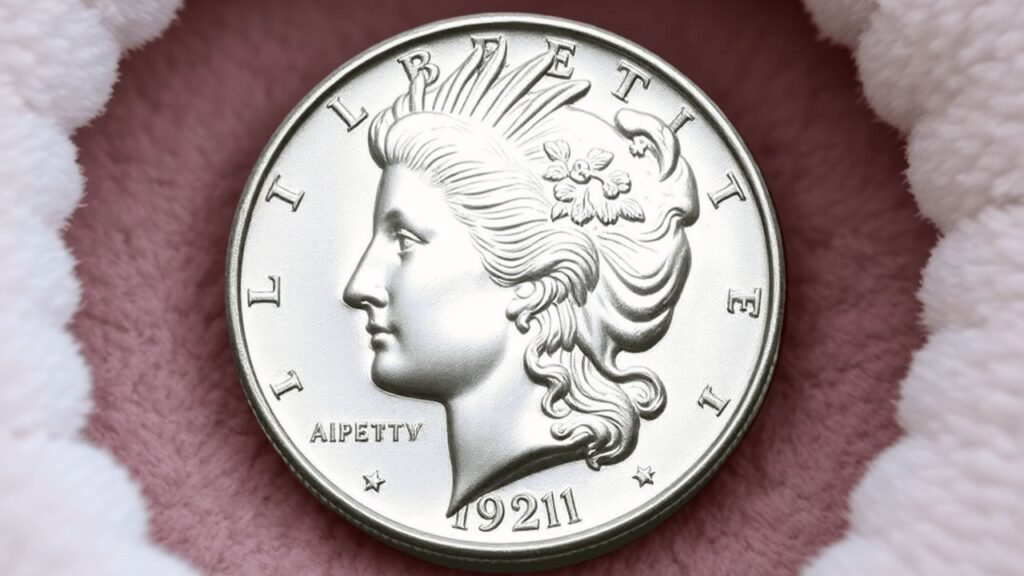
The 1921 Peace Silver Dollar is a powerful symbol of hope and reconciliation after World War I. Designed by Anthony De Francessi, it features the serene face of Lady Liberty on the obverse and a large eagle perched on a rock on the reverse, two are all incredibly detailed.
Limited Production and Its Impact
It was obviously difficult for the US. The bank spent just over $1 million to produce the special coin. This technical challenge resulted in many poorly minted coins, making high quality coins particularly valuable to collectors.
Market Values Based on Condition
The market value of the 1921 peace dollar varies greatly depending on its status:
- Good to very good: $50-$100
- Fine to very fine: $150-$400
- It’s pretty OK: $500-$1,000
- Mint State: $2,000-$10,000+
Significance to Collectors
The historical significance of this coin makes it a highlight for serious collectors. Its status as a first-year issue and the only high-relief peace dollar ever minted adds a great deal of appeal to collectors seeking to acquire American investment art.
4. 1933 Saint-Gaudens Double Eagle
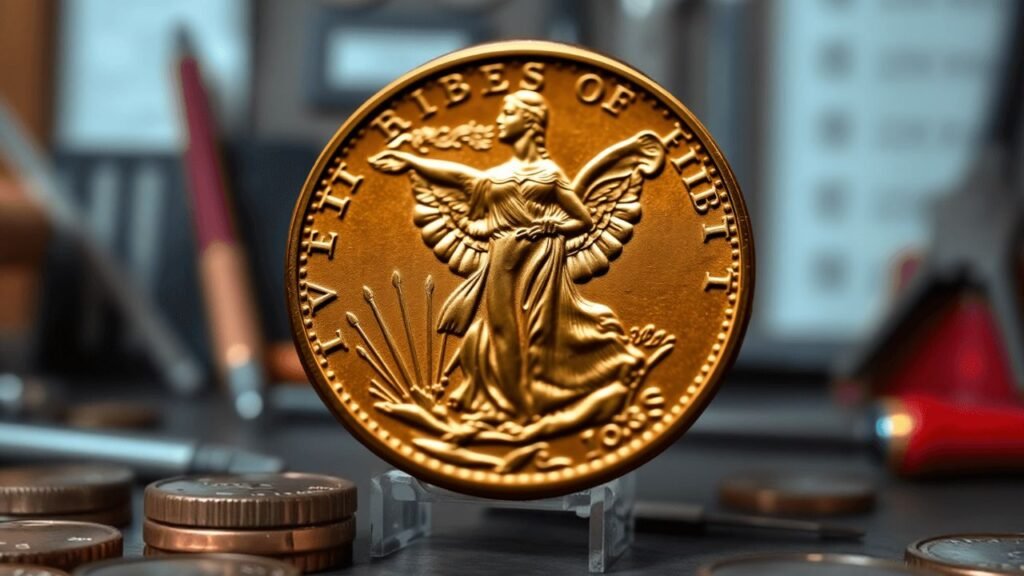
The 1933 Saint-Gaudens Double Eagle is the rarest single coin in American coin history. President Franklin D Roosevelt had asked the to surrender all their gold in the Great Depression. However, a lot of money mysteriously vanished from the US. Bank.
These missing coins led to years of legal battles between collectors and the U.S. government. between the government. The Secret Service actively sought these funds and declared their own ownership illegal. Only one individual – the King Farouk prototype – legally owns the 1933 Double Eagle.
This highly rare coin was sold in a Sotheby’s auction held in 2002 at .59 million. Coinage was provided by Augustus Saint-Gaudens.
- Lady Liberty carrying lantern forward
- Exotic eagle flying in the background
- Quotes that exhibit exceptional craftsmanship
The beauty, rarity and incredible history of the 1933 Saint-Gaudens Double Eagle make it the ultimate prize for the serious collector. On today’s market, each known specimen is estimated to be worth more than $10 million.
5. 1943 Bronze Lincoln Penny
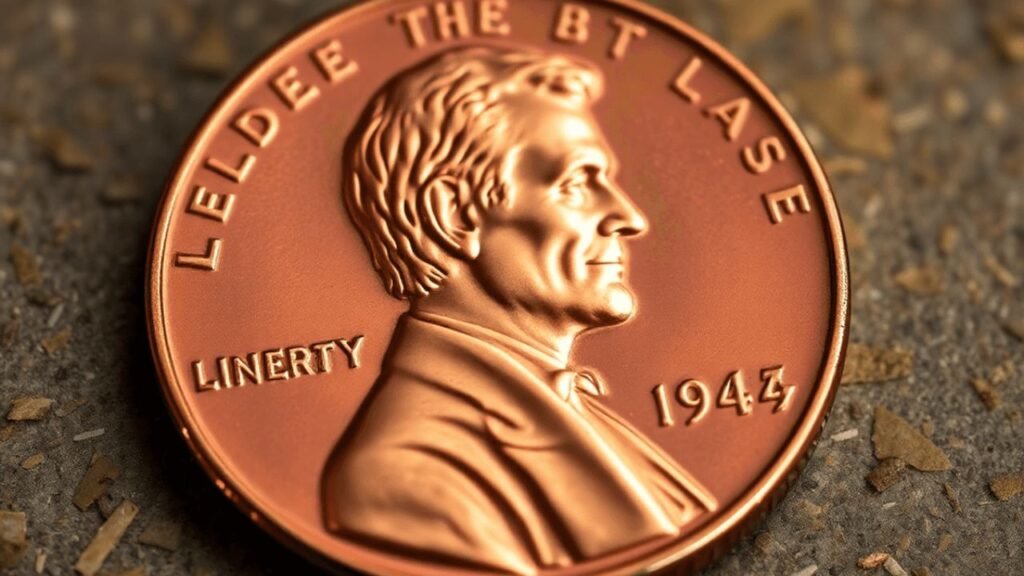
The 1943 Bronze Lincoln Penny is a rare coin produced during World War II as a result of a mistake. At the time, the U.S. had to. the government stockpiles copper for military use, so the U.S. had to produce it. The Mint changes the way pennies are made and uses zinc-coated steel instead.
However, there were still some copper planchets (coinage wheels) in the machines when pennies began to be minted in 1943. Consequently, few of these remaining planchets were used, and it is estimated that about 40 bronzes came. This makes them extremely rare and valuable.
These early investment coins can range in price from $100,000 to $1.7 million depending on their condition and mint mark. About 12 of these coins are known to have been minted by the Philadelphia Mint, while the San Francisco Mint has produced six, and the Denver Mint has only one known example.
According to the experts at HA.com, here are some tips for authenticating a genuine 1943 copper coin.
- Genuine 1943 copper coins are not suitable for magnets
- The coin should weigh 3.11 grams
- Look for red rather than the silver look of the metallic cent
6. 1944 Steel Penny
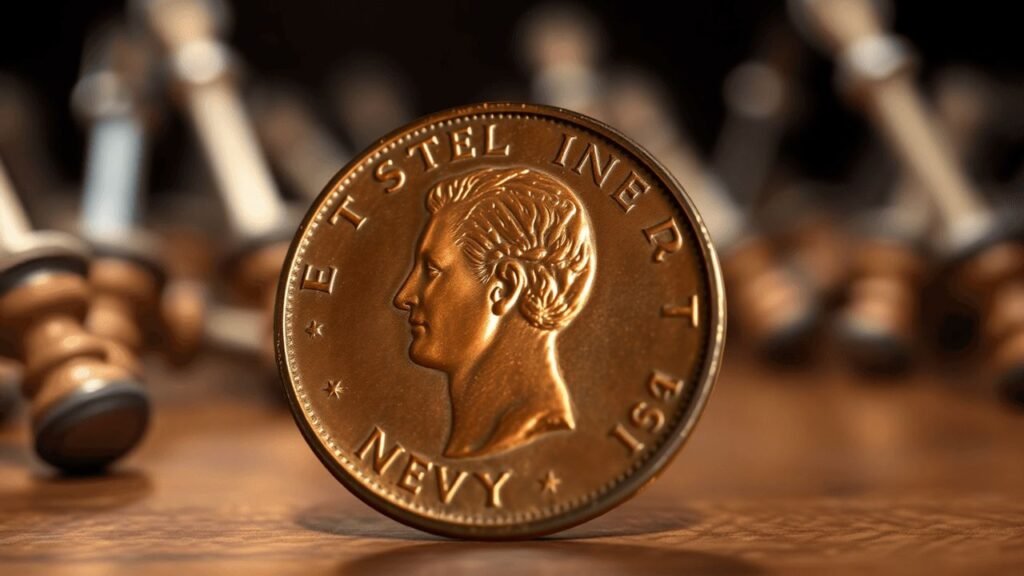
The 1944 metal penny is an interesting example of human error in coinage. When the U.S. When the Mint switched back to lead pennies in 1944, the remaining 1943 steel planchets were accidentally mixed into production. Employees at the Philadelphia, Denver, and San Francisco banks unwittingly joined this metal frame with additional lead.
Distinctive Characteristics of 1944 Steel Pennies
Some of the unique features of this rare error coin include:
- Silvery gray
- Magnetic properties due to iron content
- It is lighter in weight than a standard copper penny
Market Value of 1944 Steel Pennies
The market value of a 1944 steel penny varies greatly depending on mint mark and condition:
- Philadelphia Bank: $75,000-$100,000
- San Francisco Stock Exchange: $100,000-$125,000
- Denver Bank: $100,000-$150,000
Examples graded in mint condition commands high auction prices, collectors are highly interested in examples which reflect a minimal wear and original luster Historical significance and flaw the combination of varieties in production makes this coin in high demand among the coin group.
Conclusion
A world where the collectability of money in the 1900s provided endless possibilities to discover and invest. These six rare coins represent just a snapshot of the fascinating study of numismatics. Maybe you’ve hidden the next coin you find in plain sight – in an old family collection, at the local coin shop, or even in your pocket change.
Start small, keep learning, and connect with experienced collectors. Join investment clubs, attend coin shows and immerse yourself in the stories behind these treasured pieces of history. The thrill of finding rare coins, and the potential for lucrative coins, makes collecting worthwhile.
FAQ’s
What are six rare coins from the 1900s that could be worth thousands?
A total of six rare coins available include the 1909-S VDB Lincoln Penny, 1913 Liberty Head Nickel, 1921 Peace Silver Dollar, 1933 Saint-Gaudens Double Eagle, 1943 Bronze Lincoln Penny and the 1944 Steel Penny.
Why would you pay for the 1909-S VDB Lincoln Penny?
The 1909-S VDB Lincoln Penny is prized for its historical context, the importance of mint marks and designer initials (VDB), and features such as its limited mintage that contribute to its market value
What makes the 1913 Liberty Head Nickel so rare?
The 1913 Liberty Head nickel is highly rare simply because only five were produced, and so its extreme rarity has sparked immense interest among collectors, especially in auction values running into millions of dollars.
What unique features make the 1921 Peace Silver Dollar valuable?
The value of the 1921 Peace Silver Dollar has been enhanced due to its post-World War I historical significance and exceptional high-quality design. Demand from collectors and market factors affect its price.

